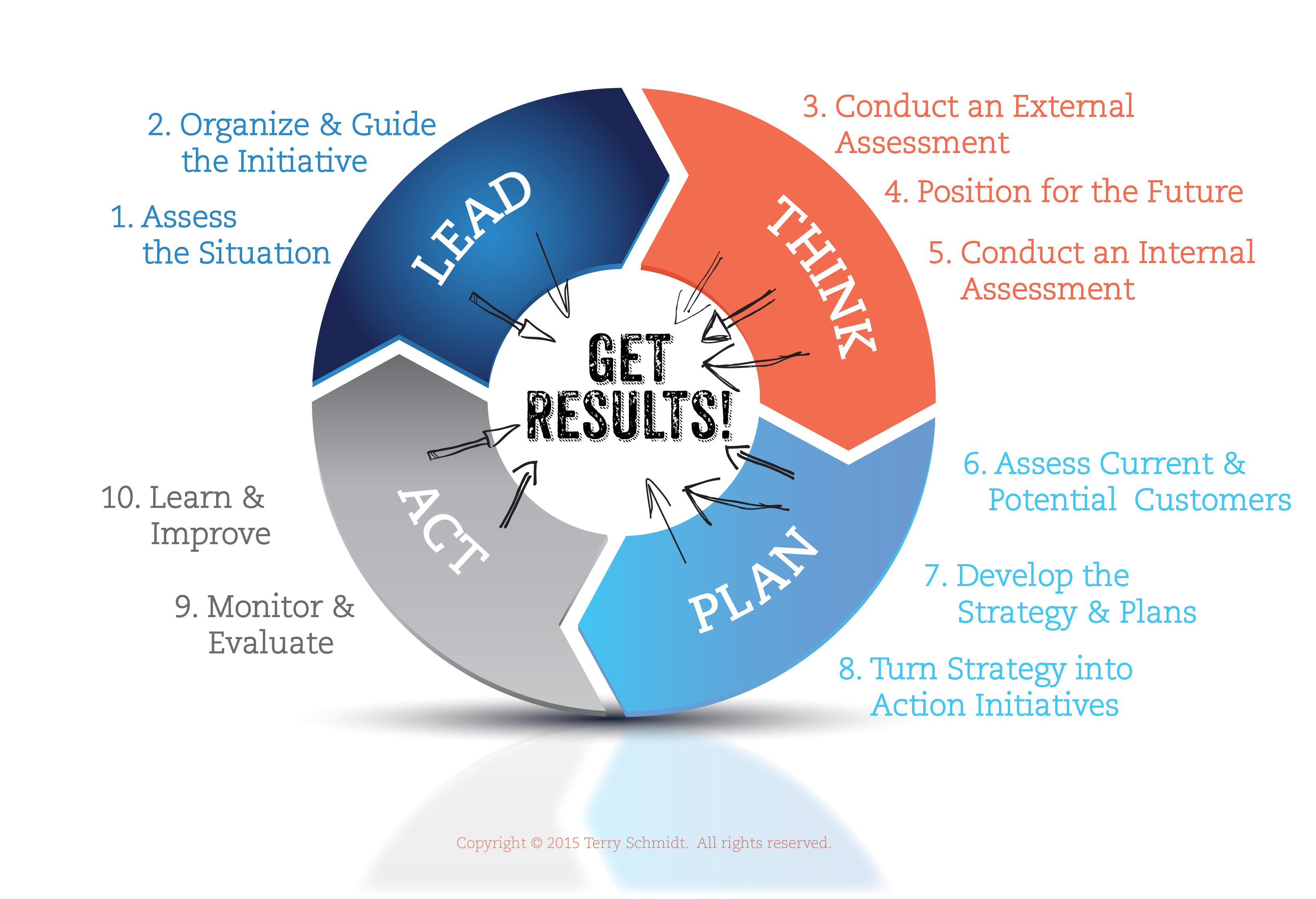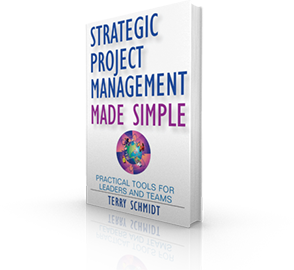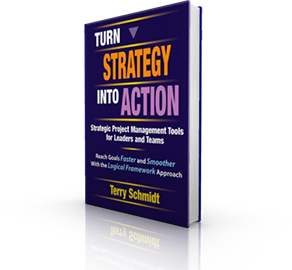Like home-baked bread, strategies deteriorate with time. Since they aren’t labeled with expiration dates, astute managers must periodically review and update their strategies and plans to keep them fresh.
Here’s a simple ten-step model to help freshen yours, based on the LEAD-THINK-PLAN-ACT themes of the Association for Strategic Planning. Each step is supported by provocative questions for each step that are often ignored or taken for granted. Give you and your team the gift of clarity by addressing them to guide your strategy refresh.

- Assess the Situation
- What’s motivating this plan now?
- What are the important issues to include?
- Do we have the right conditions to proceed now?
- What’s the downside of not planning now?
- Who do we need to get started?
- Who owns the project and who else cares?
- Organize and Guide the Initiative
- What is the scope and time frame of this initiative?
- What’s our system of interest (team, department, business unit)?
- Who should be involved?
- What does success look like and who/how will measure it?
- What methodology should we use?
- What information do we need to proceed?
- What obstacles might we face and how would we overcome them?
- What’s our overall game plan and next steps?
- Conduct an External Assessment
- What’s changing that affects us?
- What environmental events, trends, and dynamics do we need to pay particular attention to?
- What potential business model disruptors might emerge?
- What is the structure of our industry and how is it changing?
- How can we prepare for different alternative futures?
- What specific environmental information do we need to make informed choices and how do we get it?
- Position for the Future
- Where do we want to be in the future (3.5 and 10 years)?
- What is our customer value proposition and competitive positioning?
- What’s our desired positioning in the customers mind?
- What’s better or different about us, compared with the competition, in the eyes of the customer?
- How do we anticipate that our company will be different then?
- What are our current vision/mission statements and how should they evolve?
- Conduct an Internal Assessment
- What limitations would our competitors or detractors point to?
- How can we leverage our strengths and reduce weaknesses?
- What do our core competencies equip us to do exceptionally well?
- What is working and what isn’t?
- What is the current state of the work environment (culture)?
- How satisfied are our employees and other stakeholders?
- What are our core values and how well do we “walk the talk”?
- Assess Current & Potential Customers
- Who are our current key customers and how well do we serve them?
- What do our primary customers value, need and expect from us?
- Why do these customers do business with us?
- Are these the right customers?
- Should we drop certain segments and go after others?
- How are our customers’ business environments changing, and what are the implications for serving them well?
- Develop the Strategy & Plans
- What’s our current business strategy and how well is it working?
- What are our major goals and how will we get there?
- Does our current structure align with the strategy?
- What are the constraints and limitations as we consider strategic alternatives?
- How should we measure success and what should we track?
- What are the resource implications of the selected strategies?
- What initiatives, programs, and projects does our strategy translate into?
- Turn Strategy into Action Initiatives
- How do we get projects these off the ground smoothly and effectively?
- What resources will be needed/are available to execute the strategy?
- How do we time-phase these new initiatives?
- What change management structures / processes / are needed to support execution?
- How should strategy progress be measured and performance progress reported?
- Monitor & Evaluate
- What’s the best way to track progress and who does this?
- What processes do we need?
- What additional temporary structures (e.g., task forces and review boards) need to be put in place to guide implementation?
- How and when will we conduct periodic reviews?
- Learn & Improve
- What have we learned over the last period regarding progress in achieving our goals?
- How well is the strategy being executed?
- What happened compared to expectations?
- What worked well and what didn’t work so well?
- What have we learned about our strategic planning process/structure and how can it be improved in the next time cycle?






